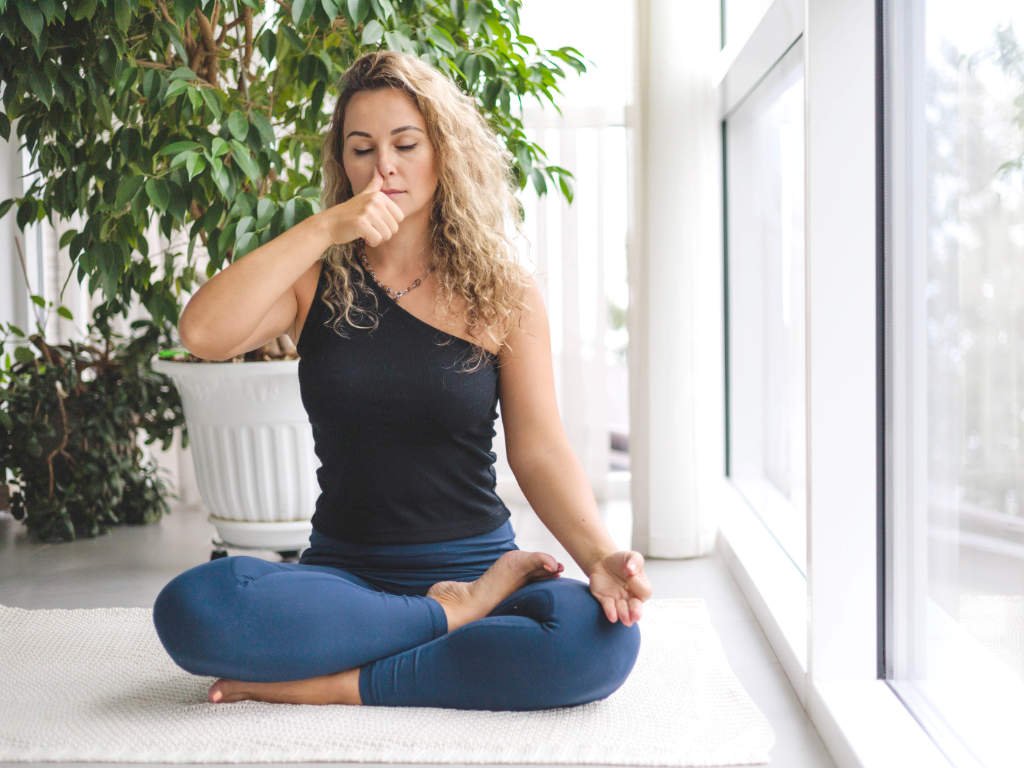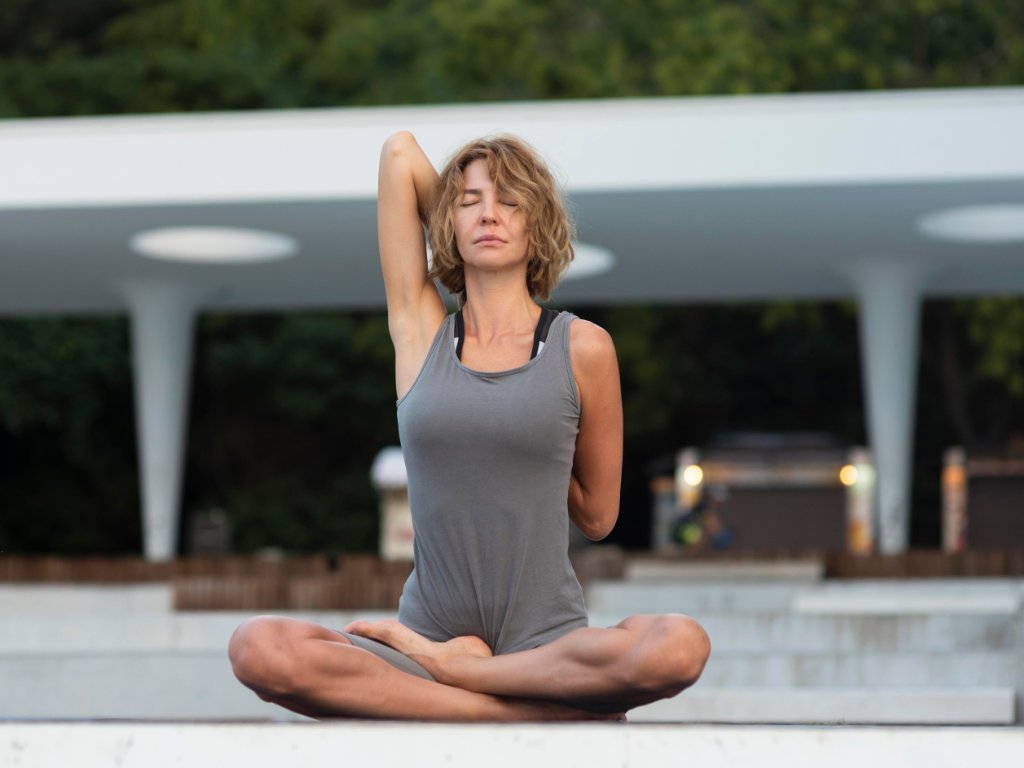Have you ever found yourself caught in that familiar whirlwind of endless to-do lists, racing thoughts, and that nagging feeling that you’re always one step behind? If you’re nodding your head right now, you’re definitely not alone. As women, we’re often juggling so many roles – professional powerhouse, caring partner, devoted mother, supportive friend – that we forget to pause and simply breathe. That’s where mindfulness techniques come in as our secret weapon for finding calm in the chaos.
Mindfulness isn’t just another wellness trend that’ll disappear next month. It’s a scientifically-backed practice that’s been transforming lives for thousands of years, and honestly, it might just be the game-changer you’ve been searching for.
Understanding Mindfulness: Your Gateway to Inner Peace
Let’s get real about what mindfulness actually means, because there’s a lot of fluff out there. Mindfulness is simply the practice of being fully present and engaged in the current moment, aware of your thoughts and feelings without judgment or distraction. Think of it as pressing the pause button on life’s remote control – suddenly, you’re not fast-forwarding through your day on autopilot anymore.
For women navigating careers, families, and personal health challenges, mindfulness serves as an anchor, allowing space to respond thoughtfully rather than react impulsively to life’s demands. Research from Harvard shows that mindfulness meditation can actually change brain structure, reducing activity in the amygdala (our brain’s alarm system) while strengthening areas responsible for attention and emotional regulation.
The unique stressors we face as women – work-life balance challenges, hormonal fluctuations, pregnancy and postpartum adjustments, menopause, caregiving responsibilities – can significantly impact our mental and physical wellbeing. Studies specifically focusing on women reveal that mindfulness-based stress reduction programs can be particularly effective in addressing these gender-specific challenges.
What Are the Most Effective Mindfulness Techniques for Stress Reduction?
Mindful Breathing: Your Always-Available Reset Button
One of the simplest yet most powerful mindfulness techniques is conscious breathing. Here’s the thing – you’re already breathing (obviously!), so why not make it work harder for you?
Find a quiet space, sit comfortably with your back straight, close your eyes, and focus on your natural breath. Notice the sensation of air entering and leaving your body without trying to control it. When your mind wanders (and trust me, it will – that’s totally normal), gently bring your attention back to your breath.
The beauty of this technique is its accessibility. Stuck in traffic? Breathe mindfully. Waiting for your coffee to brew? Perfect breathing moment. About to walk into a stressful meeting? Three mindful breaths can shift your entire energy.

Body Scan Meditation: Reconnecting with Your Physical Self
This technique helps build awareness of physical sensations throughout your body. Starting from your toes and moving upward, pay attention to each part of your body, noticing any tension, discomfort, or relaxation without trying to change anything.
I love this practice because it helps reconnect with physical sensations we often ignore during busy days. Many women carry stress in their shoulders, jaw, or stomach without even realizing it. The Mayo Clinic recommends body scanning as an effective way to identify and release physical tension.
Guided Imagery: Your Mental Vacation
Using guided imagery helps interrupt the stress cycle by engaging your imagination in creating calming mental scenes. Close your eyes and visualize a place where you feel completely at peace – maybe it’s a beach at sunset, a cozy cabin in the woods, or even your childhood bedroom.
The key is engaging all your senses. What do you hear? What smells surround you? What textures can you feel? This technique is particularly powerful because it activates the same neural pathways as actual relaxation experiences.
How Can Mindfulness Help with Emotional Wellness?
Developing Emotional Intelligence Through Awareness
Mindfulness techniques create space between stimulus and response, giving us that crucial pause to choose how we react. Instead of snapping at your partner after a stressful day (we’ve all been there), mindfulness helps you recognize the stress, acknowledge it, and respond more thoughtfully.
This emotional regulation is particularly important for women, as we often experience more intense emotional fluctuations due to hormonal changes throughout our cycles. Mindfulness doesn’t eliminate emotions – it helps us navigate them more skillfully.
The RAIN Technique for Difficult Emotions
When overwhelming emotions arise, try the RAIN approach:
- Recognize what you’re experiencing
- Allow the emotion to exist without fighting it
- Investigate how it feels in your body
- Nurture yourself with the same compassion you’d show a good friend
This framework transforms our relationship with difficult emotions from resistance to acceptance, which paradoxically helps them pass more quickly.
What Mindfulness Practices Work Best for Busy Women?
Micro-Meditations for Real Life
Let’s be honest – sitting for 30 minutes of meditation isn’t realistic for most of us most days. That’s where micro-meditations shine. These are tiny pockets of mindfulness scattered throughout your day:
- Morning coffee ritual: Instead of scrolling your phone, spend those first few sips in complete presence
- Transition breathing: Three conscious breaths before entering your home after work
- Mindful dishwashing: Focus on the warm water, soap bubbles, and circular motions
- Bedtime body check: Quick scan of physical sensations before sleep
Walking Meditation: Movement Meets Mindfulness
Who says meditation requires sitting still? Walking meditation combines physical activity with mindful awareness. Whether you’re walking to your car or taking the stairs, focus on the sensation of your feet touching the ground, the rhythm of your steps, and your body moving through space.
This technique is perfect for women who feel restless during traditional sitting meditation or those who want to incorporate mindfulness into exercise routines. For more active wellness approaches, check out these powerful cardio exercises that can complement your mindfulness practice.
How Do You Build a Sustainable Mindfulness Practice?

Start Small and Be Consistent
The biggest mistake I see women make is trying to go from zero to meditation guru overnight. Start with just 2-3 minutes daily – seriously, that’s it. Consistency beats duration every time. It’s better to meditate for 2 minutes every day than 20 minutes once a week.
Create Environmental Cues
Link your mindfulness practice to existing habits. Maybe it’s three mindful breaths after brushing your teeth, or a moment of gratitude before your morning shower. These environmental cues help cement the practice into your routine without adding another item to your to-do list.
Use Technology Wisely
While we want to reduce screen time overall, mindfulness apps can be incredibly helpful when starting out. Apps like Headspace, Calm, or Insight Timer offer guided meditations ranging from 3-30 minutes, making it easy to customize your practice to your schedule.
What Are the Science-Backed Benefits of Regular Mindfulness Practice?
Physical Health Improvements
Regular mindfulness techniques offer impressive physical benefits:
- Reduced blood pressure and heart rate
- Improved immune system function
- Better sleep quality
- Decreased chronic pain
- Reduced inflammation markers
Research from leading institutions shows these aren’t just feel-good claims – they’re measurable physiological changes that occur with consistent practice.
Mental Health Benefits
The mental health benefits are equally compelling:
- Decreased anxiety and depression symptoms
- Improved focus and concentration
- Enhanced emotional regulation
- Increased self-compassion
- Greater resilience to stress
For women dealing with anxiety specifically, mindfulness can be particularly powerful. Learn more about managing anxiety naturally through holistic approaches that complement mindfulness practice.
How Does Mindfulness Support Women’s Unique Health Challenges?
Hormonal Balance and Mindfulness
Women’s hormones fluctuate throughout the month, affecting mood, energy, and stress levels. Mindfulness helps us tune into these natural rhythms instead of fighting against them. During PMS, mindfulness can help us observe mood changes without being overwhelmed by them. During menopause, it can provide tools for managing hot flashes and emotional volatility.
For comprehensive support during hormonal transitions, explore these hormonal balance tips that work synergistically with mindfulness practices.
Pregnancy and Postpartum Applications
Pregnancy brings unique stresses and physical changes that mindfulness can help navigate. Mindful breathing techniques can be particularly helpful during labor, while body awareness practices help new mothers stay connected to their changing bodies.
Postpartum anxiety and depression affect many new mothers, and mindfulness provides gentle tools for emotional regulation during this vulnerable time. The key is adapting practices to fit the reality of motherhood – even two minutes of mindful breathing during a baby’s nap counts.
Advanced Mindfulness Techniques for Deeper Practice
Loving-Kindness Meditation
This practice involves sending good wishes to yourself and others. Start by directing loving thoughts toward yourself: “May I be happy, may I be healthy, may I be at peace.” Then extend these wishes to loved ones, neutral people, difficult people, and finally all beings.
This technique is particularly powerful for women who struggle with self-criticism or perfectionism. It builds the emotional muscle of self-compassion while creating a sense of connection with others.
Mindful Eating for Body Awareness

Many women have complicated relationships with food and body image. Mindful eating transforms mealtime into a meditation practice, helping us tune into hunger and fullness cues while savoring flavors and textures.
Start with one mindful bite per meal – putting down your fork, chewing slowly, and really tasting your food. This simple practice can revolutionize your relationship with eating and support overall wellness goals. For comprehensive nutrition guidance, check out these balanced diet guidelines that complement mindful eating practices.
Mindfulness in Daily Activities
Transform routine activities into mindfulness practices:
- Mindful showering: Focus on water temperature, soap scents, and physical sensations
- Mindful cleaning: Pay attention to movements, textures, and the transformation of space
- Mindful listening: During conversations, practice full presence without planning your response
Integration with Overall Wellness
Combining Mindfulness with Physical Fitness
Mindfulness techniques enhance physical exercise by improving mind-muscle connection and reducing workout-related anxiety. Whether you’re doing strength training or home workouts, bringing mindful awareness to movement patterns can improve form and results.
Nutrition and Mental Clarity
What we eat affects our ability to be mindful, and mindfulness affects our food choices. It’s a beautiful cycle. Stable blood sugar from balanced nutrition supports emotional regulation, while mindful eating prevents stress-driven food choices.
Consider exploring Mediterranean diet principles which naturally support brain health and emotional wellbeing, creating a foundation for successful mindfulness practice.
Frequently Asked Questions
How long does it take to see benefits from mindfulness practice?
Some benefits, like temporary stress relief, can be felt immediately after a single session. However, lasting changes in brain structure and emotional regulation typically emerge after 8 weeks of consistent practice. Remember, even small daily practices create cumulative benefits over time.
Can mindfulness replace therapy or medication for anxiety/depression?
While mindfulness techniques are powerful tools for mental health, they’re best used as complementary approaches rather than replacements for professional treatment. If you’re dealing with severe anxiety or depression, work with a healthcare provider to create a comprehensive treatment plan that may include mindfulness alongside other interventions.
What if my mind is too busy for meditation?
A busy mind is exactly why you need meditation! The goal isn’t to stop thoughts but to change your relationship with them. Start with movement-based practices like walking meditation or use guided meditations that give your mind something specific to focus on.
Is there a best time of day to practice mindfulness?
The best time is whatever time you’ll actually do it consistently. Many people find morning practice sets a positive tone for the day, while evening practice helps process daily stress. Experiment with different times to find what works for your schedule and energy levels.
Mindfulness isn’t about perfection – it’s about presence. Every moment you choose awareness over autopilot is a victory worth celebrating. Start small, be patient with yourself, and remember that this practice is a gift you’re giving not just to yourself, but to everyone whose life you touch. In a world that often demands we do more, be more, achieve more, mindfulness offers the radical permission to simply be exactly who we are, right here, right now.


